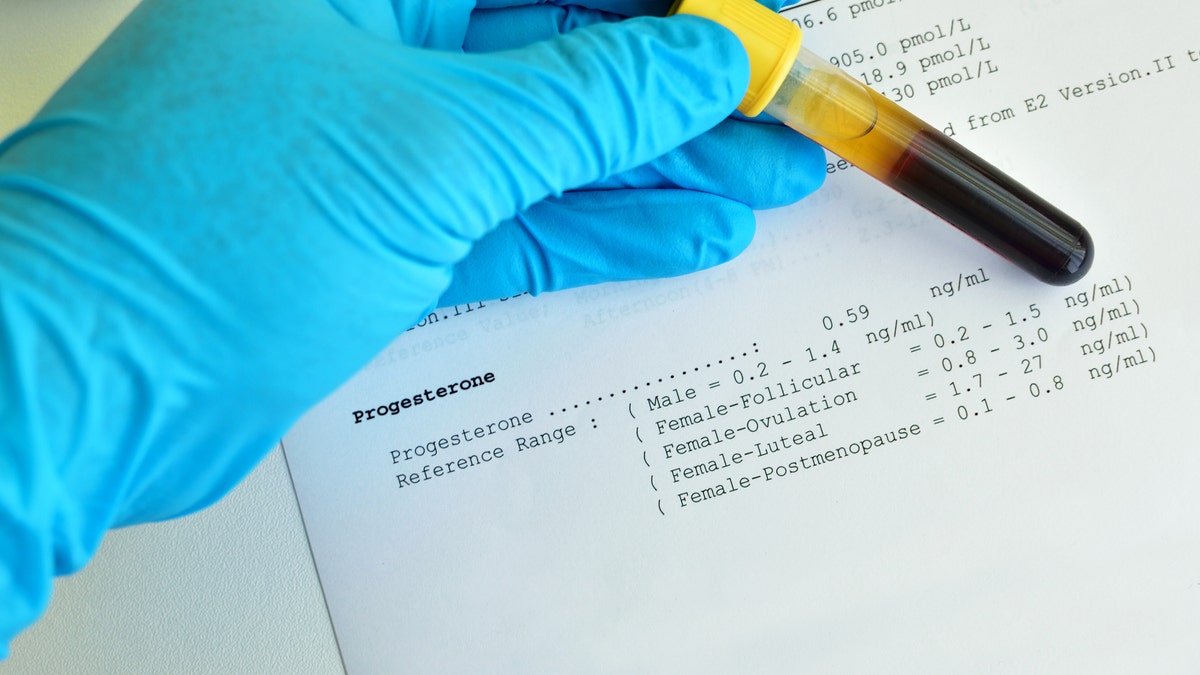
Blood sample with progesterone testing result (iStock)
Researchers have unveiled the genetic landscape of carcinosarcomas (CSs), some of the most deadly tumors in ovarian and uterine cancers, and they say their findings may aid in the development of new treatments.
Although CSs comprise only 2 to 5 percent of all uterine malignancies and 1 to 2 percent of all ovarian tumors, they are highly resistant to treatments like radiation and chemotherapy, according to Yale University researchers, who conducted the study. Overall, endometrial and ovarian cancers claim about 14,270 lives annually in the United States. More than 76,160 new cases are diagnosed each year.
Study authors analyzed tumors from 68 women with ovarian and uterine CSs to identify the molecular basis of the tumor’s aggressive behavior, according to a news release. They sequenced all the genes from the participants’ tumors and identified genes that frequently mutated in CS, senior study author Dr. Alessandro Santin, an obstetrics, gynecology and reproductive sciences professor at Yale School of Medicine, said in a news release. Researchers also examined the copy number variations, which are genes that are not mutated but enhanced in the tumors to enable their growth over normal tissues.
“In addition to mutations in cancer genes previously identified in uterine and ovarian carcinomas, we found an excess of mutations in genes encoding specific groups of proteins, which may potentially explain their mixed tissue characteristics,” Santin, also the program leader of the gynecological cancers research program at Smilow Cancer Hospital at Yale-New Haven and a member of Yale Cancer Center, said in the release.
“We’ve established unequivocally the common genetic origin of these tumors as epithelial tumors,” he added. “Importantly, by studying the genetics of both the carcinomatous and sarcomatous elements of these tumors, we demonstrated that the transition from carcinoma to sarcoma, which represent one of the main characteristics of these tumors, may happen at different times during the evolution of these cancers.”
The study was published Monday in the journal Proceedings of the National Academy of Sciences.
